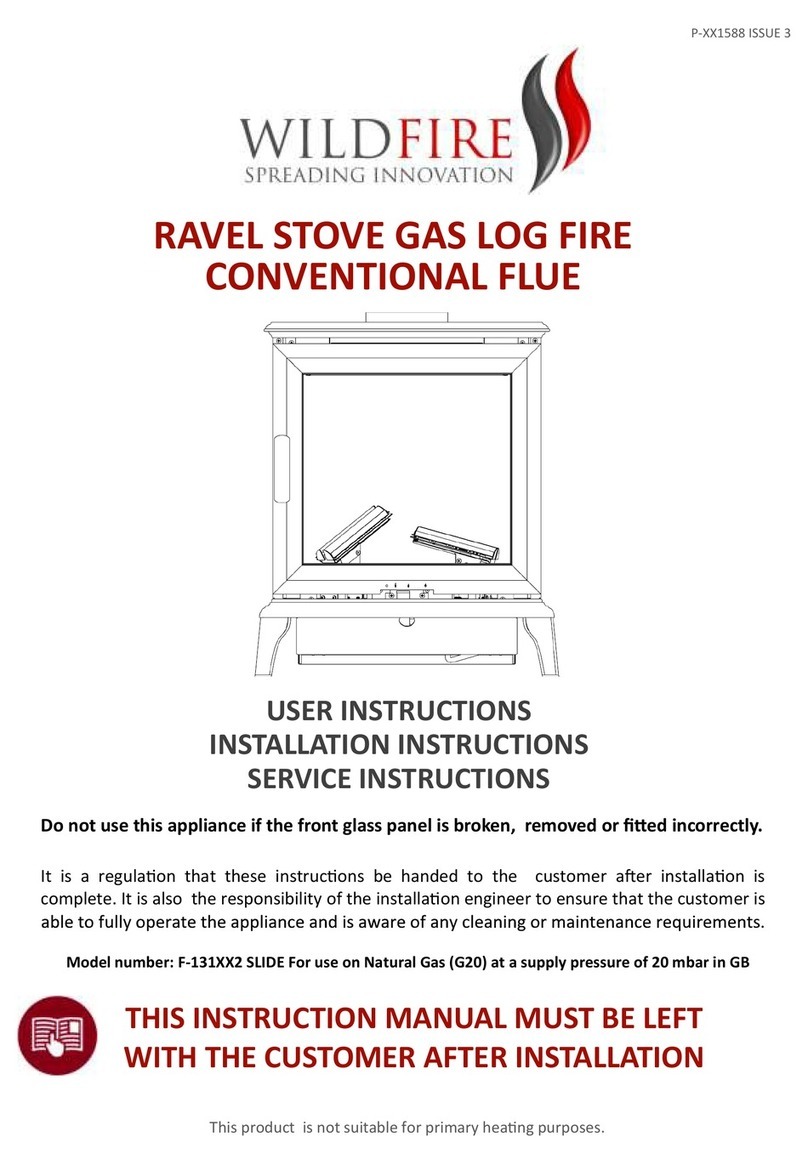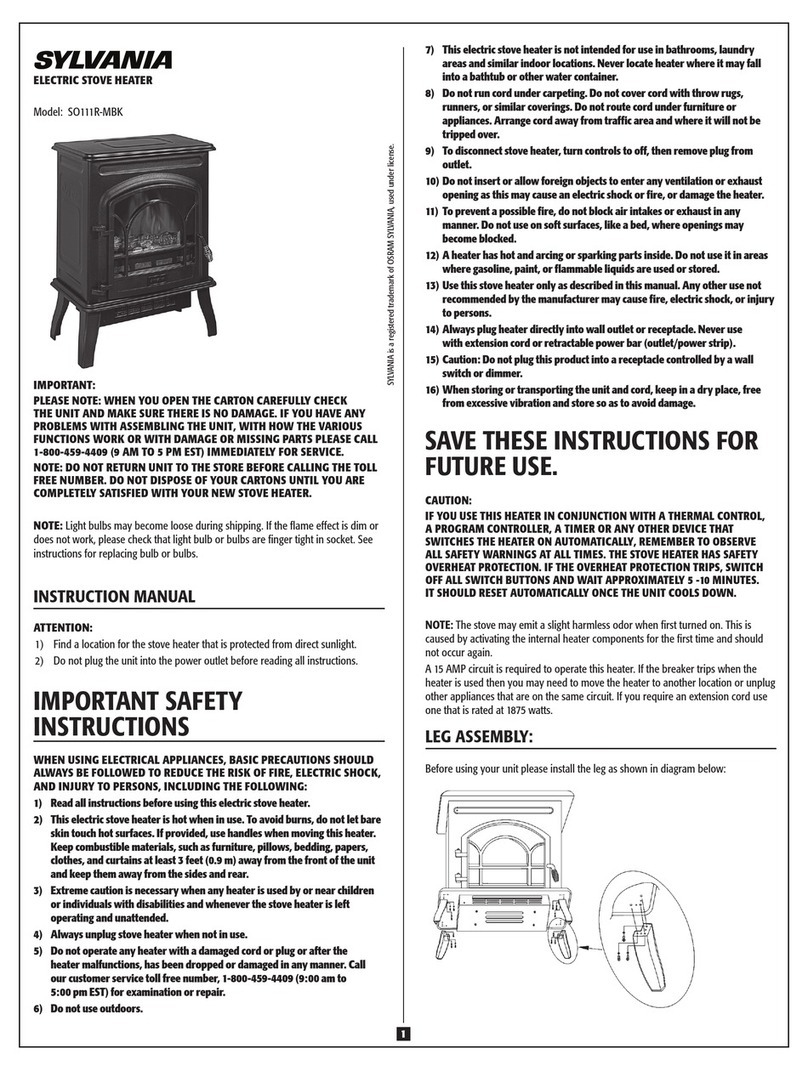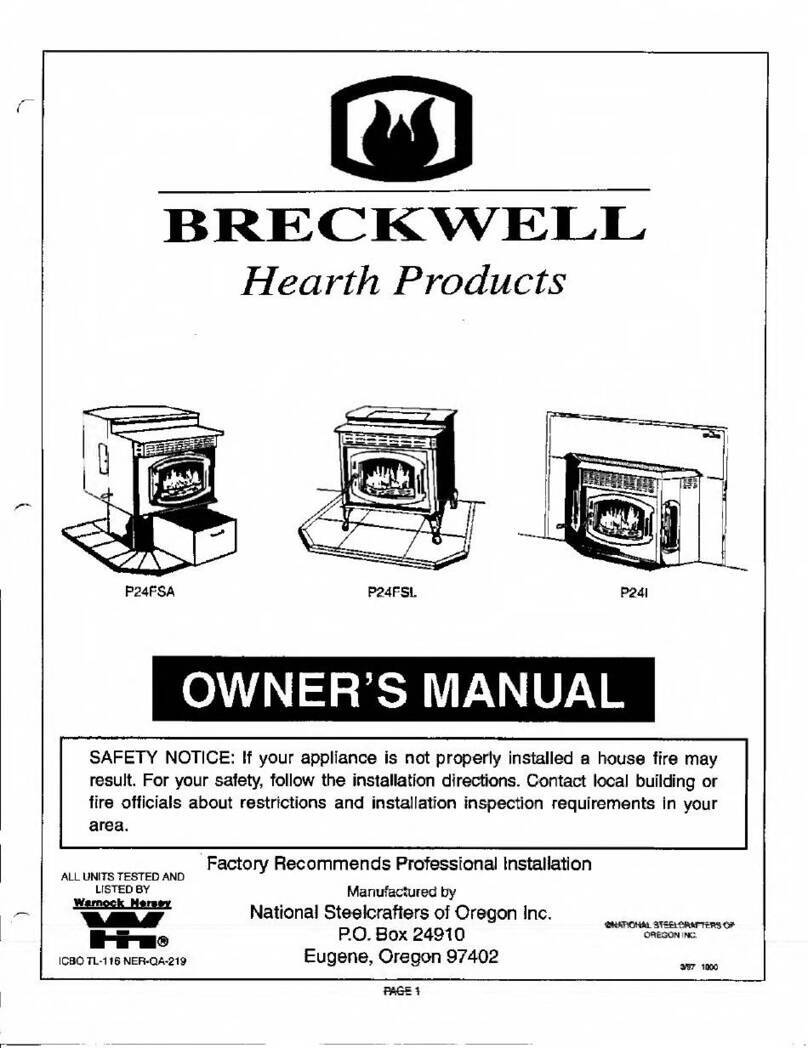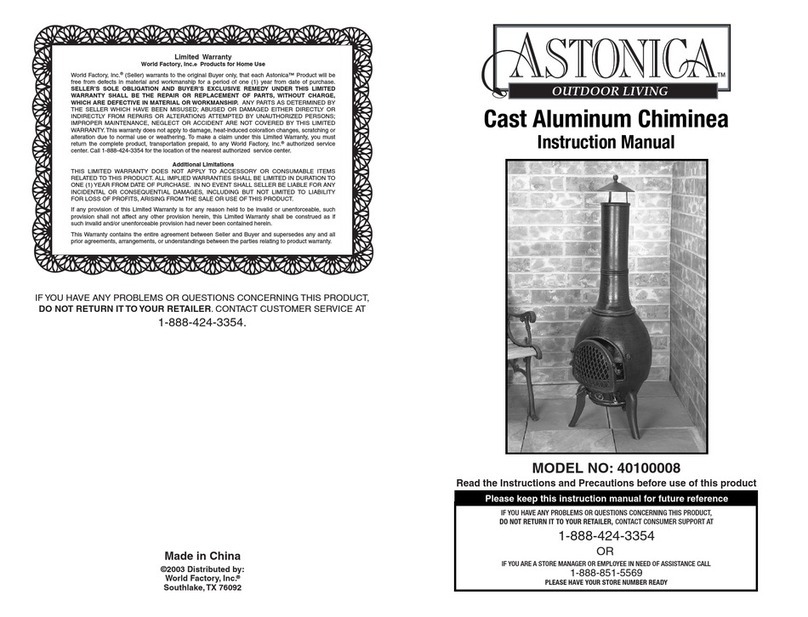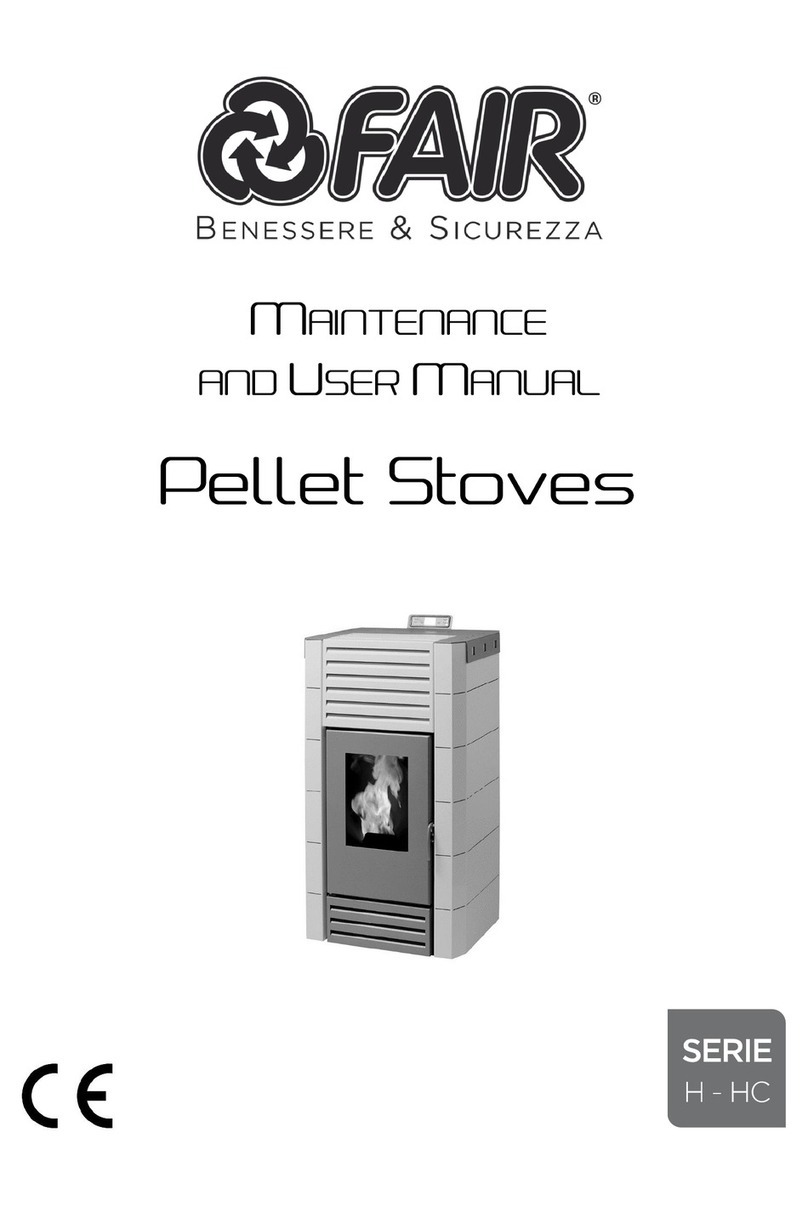
Dear client,
We thank you for having chosen one of our products. Our products are designed and made in
accordance with the safety standards in force with high quality materials and a great experience about
transformation processes. We recommend you to read carefully the instructions of this manual to obtain
the best performance of your appliance.
This manual is an important part of the product: make sure you keep it always with the appliance, even
if you give the appliance away to another person. Whether you lose it, ask for as copy to the nearest
service centre.
•INDEX
•WARNINGS AND SAFETY............................................................................................................................. 2
•WARNING FOR THE USER ......................................................................................................................... 3
•FAQ'S AND TROUBLESHOOT...................................................................................................................... 3
•PACKING .........................................................................................................................................................4
•CHIMNEY FLUE ..............................................................................................................................................4
•FUEL ................................................................................................................................................................9
•INSTALLATION .............................................................................................................................................10
•USE................................................................................................................................................................11
•SAFETY DEVICES ........................................................................................................................................17
•MAINTENANCE.............................................................................................................................................18
•TECHNICAL DATA & MEASURES: BIO 80. .................................................................................................20
•TECHNICAL DATA & MEASURES: BIO 80Q/...............................................................................................21
•IF THERE IS A PROBLEM ............................................................................................................................24
•GUARANTEE.................................................................................................................................................27
•WARNINGS AND SAFETY
The stoves built in our factory are made with great care, also for individual components, in order to
protect both the user and the installer from the possibility of accident. We therefore strongly advise
skilled personnel, after any operation carried out on the product, to take special care with the electrical
connections, especially the bare part of the conductors, which should not come out of the terminal board
in any way, so as to prevent possible contact with the live parts of the conductor. When installing the
appliance, comply with all local regulations and byelaws, including those referring to national and
European legislation.
Installation should be carried out by a HETAS / METAC Qualified Installer, who will take complete
responsibility for final installation and for consequent correct operation of the installed product. Fair
will not be liable in the event of failure to respect these instructions.
This stove should be used for the purposes for which it was designed and made. The manufacturer is
excluded from any contractual or extra-contractual liability for damage caused to persons, animals or
objects, by errors in installation, adjustment or maintenance and by improper use. After removing the
packing make sure the contents are complete and intact. If not, contact the retailer where the apparatus
was purchased. The stove should be serviced at least once a year, by making an appointment in good
time with the technical assistance services.
For safety reasons, always bear in mind: This appliance should not be used by people (including
children) with physical, sensory or mental limitations or by people with little experience or knowledge,
unless they are supervised or receive instruction on how to use the appliance by the person who is
responsible for their safety. Do not touch the stove if barefoot or if parts of the body are wet or damp.
Never change the safety devices or adjustment devices without prior authorisation and instruction from
the manufacturer.
Do not pull, detach or twist the electric cables coming out of the stove, even if it is disconnected from
the power supply. Do not block or reduce the size of the openings for ventilation on the premises where
the stove is installed. The ventilation openings are essential for correct combustion.
Keep the packaging out of reach of children and unassisted incapable people. Do not use the appliance
as an incinerator or in any other way than that for which it has been designed. When the appliance is
running its exterior, in particular, will reach high contact temperatures; handle with care to burns.
Do not make any unauthorised changes to the appliance. Use only original spare parts as
recommended by the manufacturer.

